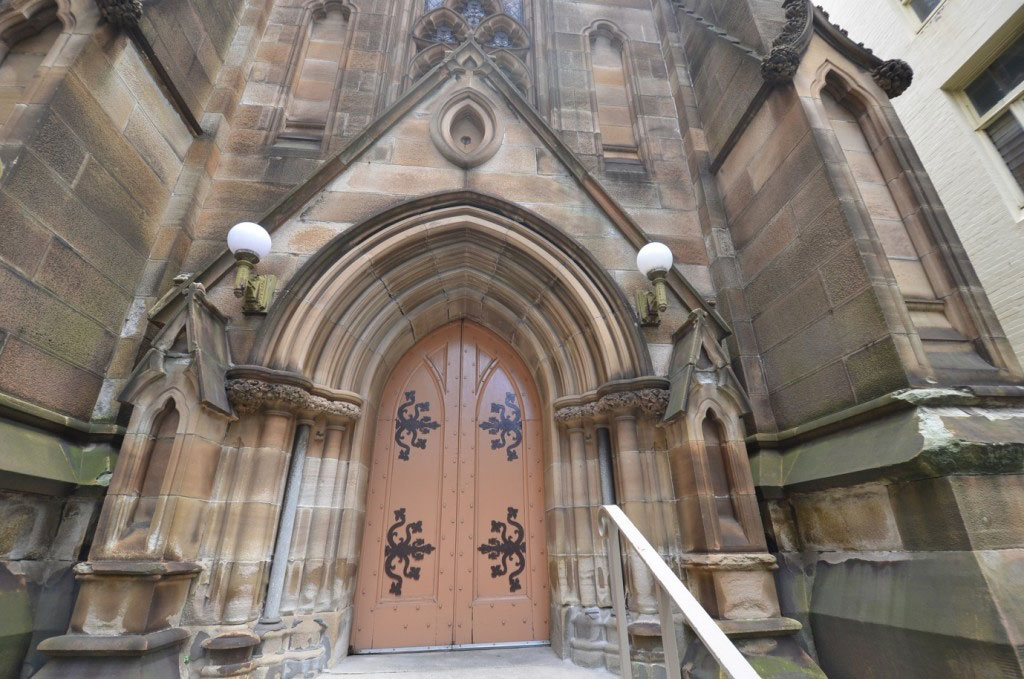Professional Associations
For many years, I’ve been thinking about the cumbersome nature of (especially DAs) heritage approvals in NSW. Given that cultural built heritage is both high art and a rare science, I’m of the view that all decision-makers should be well-qualified, highly experienced and flexible in their approach.
My idea is that we should get 20 to 30 of the most experienced heritage decision-makers (heritage architects, planners and representatives of all associated disciplines such as landscaping, engineering, hydraulics, etc) and put them in a central heritage office, which deals with both local government approvals and state-listed items.
I’m of the opinion that to get the best results, we should re-organise the process in this fashion. There would need to be 20-30 full-time employees involved in this process. Some would go out into the field to inspect and photograph the items, while others would be directly involved in providing assessments and recommending approvals.
The very point of this system is that when people work in an office, they begin to acquire a culture i.e., a way of doing things. The theory is that eventually, people in such an office would begin to adopt a single approach as opposed to the disparate system that we currently have. In which, some councils in NSW don’t even have a heritage expert (e.g., Ryde).

When I undertook my PhD at the University of New South Wales (UNSW), which I never got to complete, I interviewed 60 representatives of our heritage cohort. The main complaint about our current system is the lack of consistency in decision making.
If we are to be serious about looking after the stock of heritage buildings (approximately 40,000 items, including contributory buildings in Heritage Conservation Areas), then we must find a better way of processing approvals. By setting up a bespoke heritage approvals office, where applicants can visit the office and discuss their applications, prior to lodging, applicants will acquire more trust in the system.

This approach could also allow for publications and the development of models for various types of projects, as well as guided tours of heritage listed buildings and towns to promote heritage as a public good in society. This would also foster further education around heritage, which will lead to a better outcome and understanding of our heritage buildings.
Conceivably, by streamlining the system in this fashion, it would save enormously on Land and Environment Court costs, and perhaps reduce fears and uncertainties that most people have around the heritage approval process.
This is simply an idea that I have been mulling over for several years. I would be most interested to receive your feedback.
Paul Rappoport
Conservation Architect and Heritage Planner
30 October 2024
Image references:
Chan, Richie. “Queen Victoria Building, a heritage site in sydney. A heritage-listed late-nineteenth-century building designed by the architect George McRae located at 429-481 George Street in the Sydney central business district, in the Australian state of New South Wales,” Dreamtime, October 4, 2015. Queen Victoria Building, a Heritage Site in Sydney Editorial Image – Image of historic, decoration: 136909570
Jacobs, Ken (Double Bay). “Park-like Federation estate circa 1905,” The Real Estate Conversation, March 15, 2019. https://www.therealestateconversation.com.au/property/102-grosvenor-street-wahroonga-2076/park-federation-estate-circa-1905
Mirvac, “About the Locomotive Workshop at South Everleigh by Mirvac,” South Everleigh. 30 August, 2019.) https://southeveleigh.com/about/locomotive-workshop
Related Articles

Decision-Making Processes for Cultural Built Heritage in Australia
We have so many systems for cultural built heritage in Australia today. I have counted more than 90. For example,…
Read more
Five Fun Facts about Federation-style Heritage Houses
For most heritage experts, discussing the common types of heritage architectural styles in NSW and Australia becomes second nature. However,…
Read more
Why doesn’t NSW adopt good design principles for heritage buildings?
There ought to be a qualification for all designs in relation to heritage buildings. Our heritage-listed items and buildings in…
Read more
Heritage Disconnect
Dr. Robyn Clinch (see reference below) writes that there is a considerable disconnect between the theoretical education of potential heritage…
Read more

Need help getting started?
Check out our guides.

Complete the form below to contact us today.








